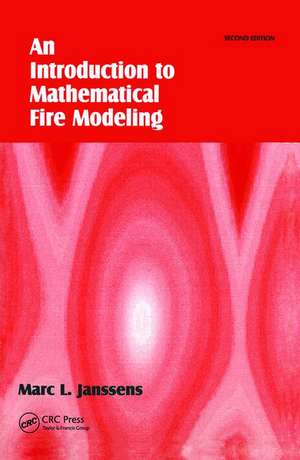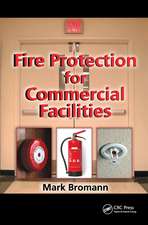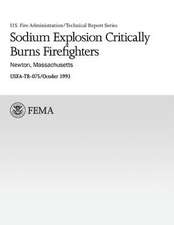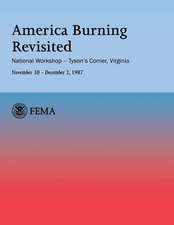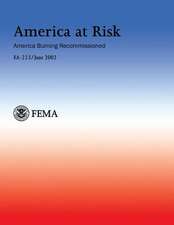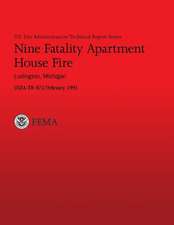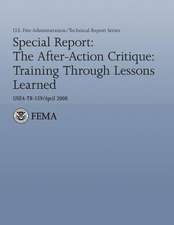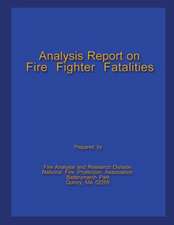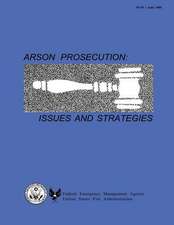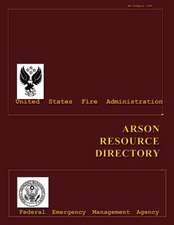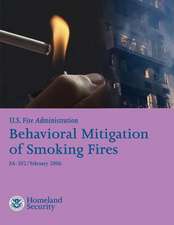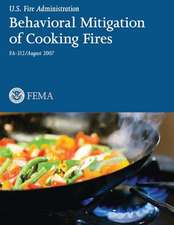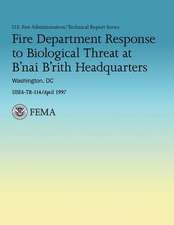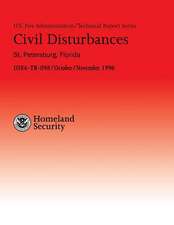Introduction to Mathematical Fire Modeling
Autor Marc L. Janssensen Limba Engleză Hardback – 28 iun 2018
Thoroughly updated and revised, An Introduction to Mathematical Fire Modeling, Second Edition introduces the concepts, software, and techniques of computer-aided mathematical modeling and the software for the analysis and prediction of a variety of compartment fires. Beginning with basic compartment fire theory, the author develops a simple mathematical model that provides an engineering approximation of the time-varying conditions created by fires in an enclosure that may be subject to hot-layer vents.
This is the first book focused on the deterministic computer modeling of compartment fires, and the FIRM model presented is the first fire model to be documented, validated, verified, and evaluated according to ASTM guidelines. The text includes detailed information on the use of the QBASIC software provided on an enclosed CD-ROM.
Preț: 1326.99 lei
Preț vechi: 1618.28 lei
-18% Nou
Puncte Express: 1990
Preț estimativ în valută:
253.93€ • 271.53$ • 211.71£
253.93€ • 271.53$ • 211.71£
Carte tipărită la comandă
Livrare economică 18 aprilie-02 mai
Preluare comenzi: 021 569.72.76
Specificații
ISBN-13: 9781138426290
ISBN-10: 1138426296
Pagini: 276
Dimensiuni: 152 x 229 x 18 mm
Greutate: 0.45 kg
Ediția:2nd edition
Editura: CRC Press
Colecția CRC Press
ISBN-10: 1138426296
Pagini: 276
Dimensiuni: 152 x 229 x 18 mm
Greutate: 0.45 kg
Ediția:2nd edition
Editura: CRC Press
Colecția CRC Press
Public țintă
ProfessionalCuprins
Basic Compartment Fire Theory. Introduction to Mathematical Compartment Fire Modeling. ASET-QB: A Simple Room Fire Model. Modifications to ASET-QB. The FIRM-QB Model. FIRM-QB User's Manual. Evaluation of the Predictive Capability of FIRM-QB. Conclusions.
Descriere
Computer simulation proves to be a valuable tool for the analysis and prediction of compartment fires
